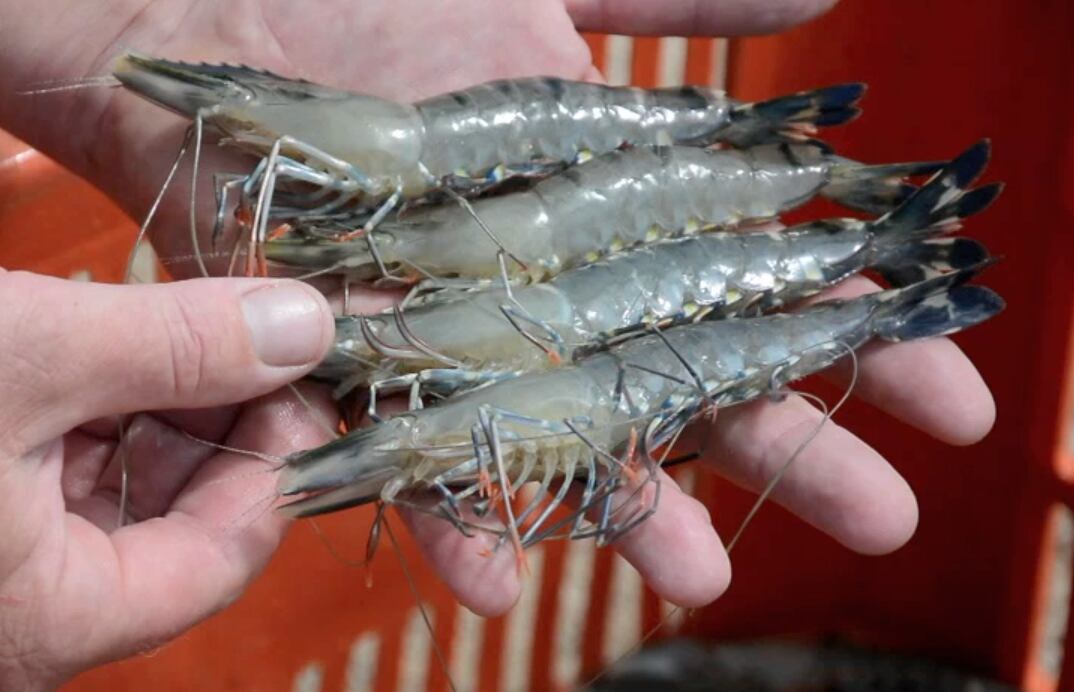The country’s A$63m prawn farming sector has several research and development priorities for the coming five years, from disease and biosecurity to feed efficiency and innovation.
But Tony Charles, chair of the Australian Prawn Farmers Association R&D Committee, said development of alternative proteins for prawn feed must be a priority.

“I think the number one focus should be fishmeal replacement. That’s important because there’s only a limited amount of fishmeal in the world; there’s quite a lot of demand for that,” he told FeedNavigator.com.
Particularly at a time when demand in aquaculture was increasing and large retail chains were making more sustainability demands, he said developing feeds with lower fishmeal or different protein sources would be vital.
Land-based, vegetable and bacterial proteins
Matt West, president of the Australian Prawn Farmers Association, said industry was now at a point where it had started to develop such alternatives.
“…Now we’re looking at other sources of protein, be it some of the waste or fish trimmings from other aquaculture industries – trying to make more efficient use out of that – and we’re also looking at other protein sources like land-based proteins, vegetable proteins and bacterial proteins.”
Despite a heavy reliance on fish in aquaculture feed, he said providing it was accepted, “some of these other land-based proteins will be key”.
However, progress remained in its infancy and therefore expensive, he said, although this would soon change given continued evolution in feed technology.
Can performance and efficiency be matched?
Charles warned, however, that growth per week – a key performance indicator for prawn farmers – would need to be matched by these new feeds.
“The challenge is to reduce fishmeal or find alternate protein sources that achieve the same growth per week as traditional fishmeal but are hitting those sustainability targets. Prawn farmers aren’t going to buy a very sustainable, lower protein feed if it’s not going to give them comparable growth rates.”
Early-stage hatchery opportunities
He also said it was important to invest in R&D throughout the growth stages: from hatchery to farm.
“The feed companies put most of the money into the farm feeds because they grow on the farm for longer, they’re on those diets for longer and it’s worth a lot more money to them. But you can’t have good farm production without good hatchery production.”
Early-stage feeding, he said, remained largely unchanged and therefore had a lot of potential for progress.
West said: “There’s plenty of opportunities with more advances in the feed; feed technology. We’re nowhere near making these animals grow as efficiently as we can yet.”
